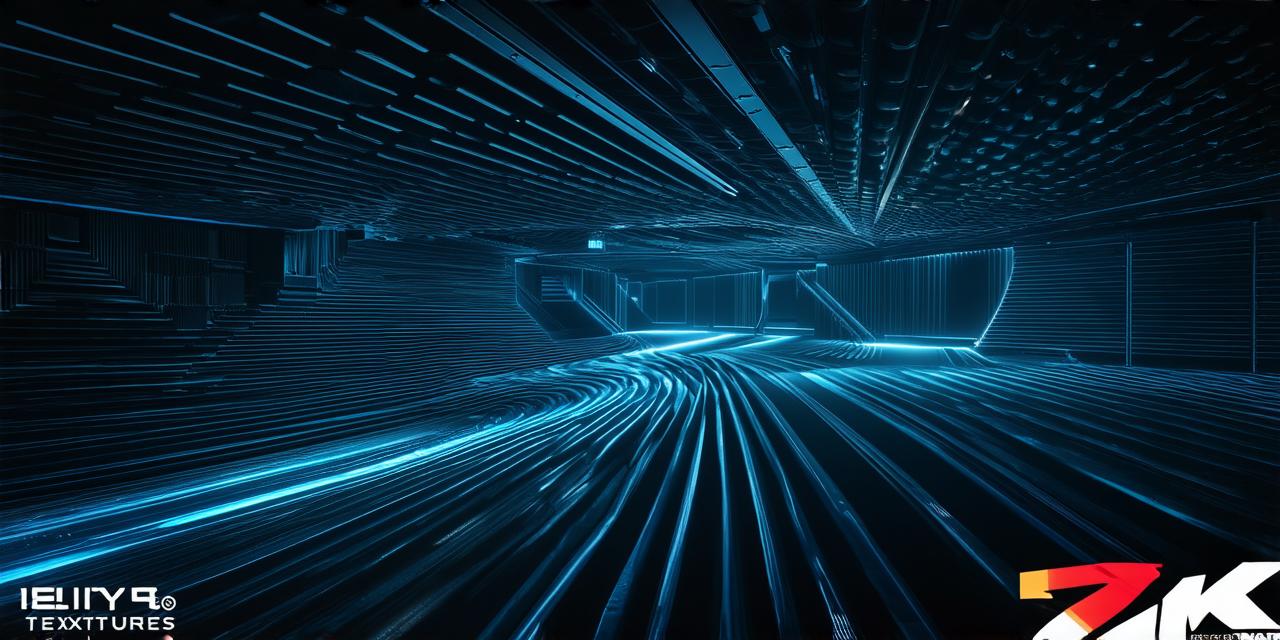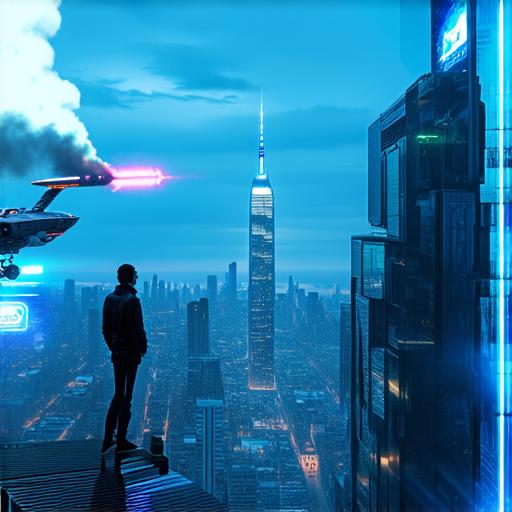
Before You Begin: Choosing Your Software
There are many software options available for creating 3D models, but not all of them are compatible with Unity. The most popular choices include Blender, Maya, and Cinema 4D.
* Blender: Blender is a free and open-source 3D modeling software that offers a wide range of features and tools. It’s easy to use and has a large community of users who provide support and resources. Blender is suitable for beginners, and its simplicity makes it an excellent choice for those who are just starting out in 3D modeling.
* Maya: Maya is a professional-grade 3D modeling software used in the film and game industry. It offers advanced features and tools for creating complex characters, environments, and animations. Maya is suitable for experienced modelers who require more advanced features and tools for creating high-quality 3D models.
* Cinema 4D: Cinema 4D is another popular professional-grade 3D modeling software that is widely used in the film and game industry. It’s known for its intuitive interface and powerful animation tools. Like Maya, Cinema 4D is suitable for experienced modelers who require advanced features and tools for creating high-quality 3D models.
Ultimately, the choice of software will depend on your personal preferences, experience level, and budget. If you’re just starting out, Blender is a great option as it’s free and easy to use. Maya and Cinema 4D are more advanced options that offer a wider range of features and tools for experienced modelers.
Creating Your Model: Tips and Tricks
Once you’ve chosen your software, it’s time to start creating your 3D model. Here are some tips and tricks to help you get started:
- Start with a concept: Before you start modeling, it’s important to have a clear idea of what you want to create. Sketch out your ideas on paper or in a digital art software before diving into the 3D modeling process. This will help you avoid getting lost in the details and ensure that your model aligns with your overall vision.
- Use reference images: Reference images can be a great help when creating detailed models. Use images from online sources, photographs, or even screenshots of other games or applications to get an idea of the look and feel you want to achieve. This will also help you identify any potential issues or challenges that may arise during the modeling process.
- Plan ahead: Creating a 3D model can be a time-consuming process, so it’s important to plan ahead and break your project down into smaller, more manageable tasks. This will help you stay organized, avoid getting overwhelmed, and ensure that you make progress towards your goals.
- Experiment with different techniques: There are many techniques for creating 3D models, including modeling by hand, using pre-made assets, or combining these approaches. Experiment with different techniques to find what works best for your project and your skill level. This will help you develop your skills and create a model that meets your requirements.
- Optimize for performance: Once you’ve created your 3D model, it’s important to optimize it for performance in Unity. This includes reducing the number of polygons, minimizing the use of textures, and adjusting lighting to improve rendering times. This will ensure that your model runs smoothly and looks good on a range of devices and platforms.
FAQs: Frequently Asked Questions About Developing 3D Models for Unity
Here are some common questions about developing 3D models for use in Unity:
What software should I use to create my 3D model?
The choice of software will depend on your personal preferences, experience level, and budget. Blender is a great option if you’re just starting out, while Maya and Cinema 4D are more advanced options for experienced modelers.
How do I optimize my 3D model for performance in Unity?
To optimize your 3D model for performance in Unity, reduce the number of polygons, minimize the use of textures, and adjust lighting to improve rendering times. You can also consider using pre-made assets or combining different techniques to create a more efficient model.

Can I reuse parts of my 3D model in future projects?
Yes, using modular techniques can help make your modeling process more efficient by breaking your model into smaller, more manageable parts that can be easily reused in future projects. This will save you time and effort and allow you to create new content quickly and efficiently.
What are some common issues I might encounter when creating 3D models for Unity?
Common issues that may arise when creating 3D models for Unity include lighting problems, texture mapping issues, and performance issues. To avoid these issues, make sure to plan ahead, optimize your model for performance, and test it thoroughly before integrating it into your project.
Conclusion: The Power of 3D Models in Unity
Creating a 3D model is an essential step for creating immersive games, interactive applications, and other virtual experiences. With the right software and techniques, anyone can create high-quality 3D models that bring their ideas to life in Unity. By following these tips and tricks, you’ll be well on your way to creating engaging and immersive 3D content for your next project.

